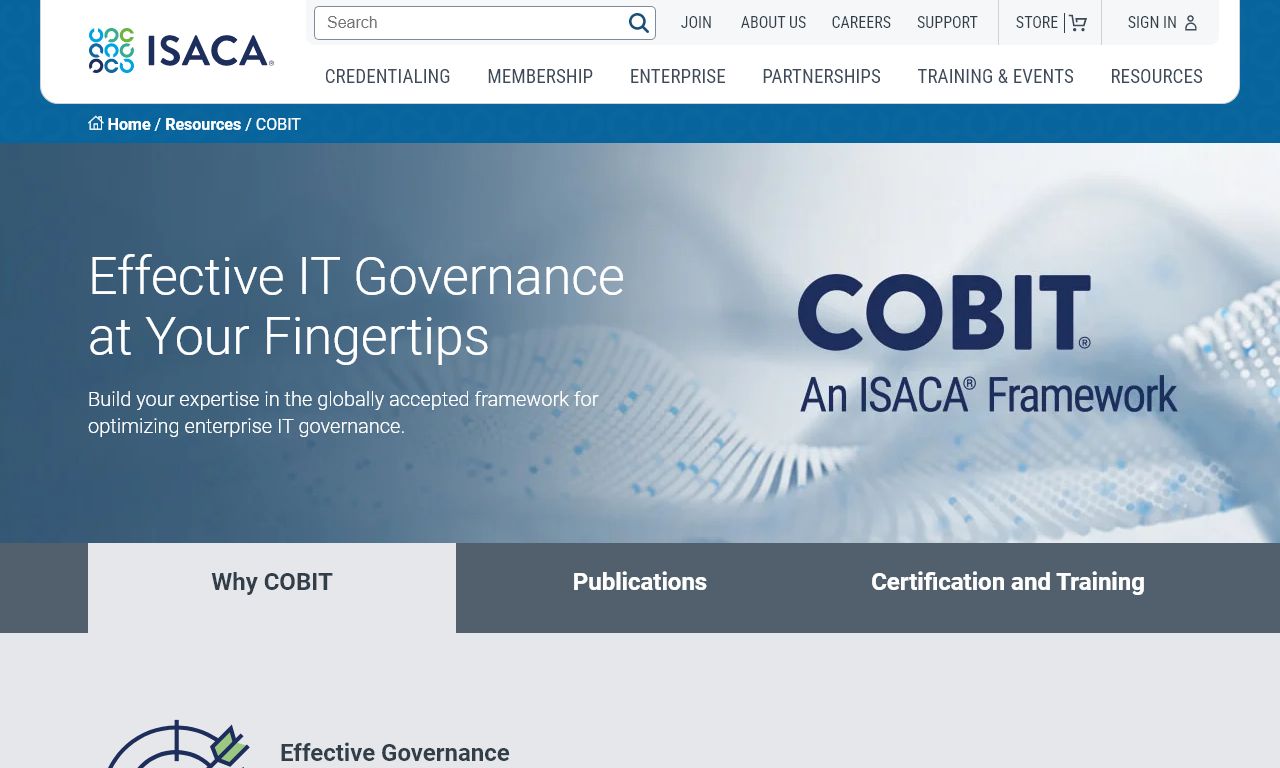Spaced repetition software (SRS) helps students and professionals remember information more effectively by scheduling review sessions at optimal intervals.
Popular Digital Spaced Repetition Tools
- Anki – Free, open-source flashcard program
- Supports text, images, audio, and video
- Available on desktop and mobile devices
- Large community sharing pre-made decks
- Download: apps.ankiweb.net
- Quizlet
- User-friendly interface with game-like features
- Free basic version with premium upgrades
- Excellent for language learning
- Website: quizlet.com
- RemNote
- Combines note-taking with spaced repetition
- Automatically creates flashcards from notes
- Supports bi-directional linking
- Website: remnote.com
Tips for Effective Use
- Keep cards simple – one concept per card
- Use images and mnemonics when possible
- Review cards daily at scheduled intervals
- Create your own cards for better retention
- Use cloze deletion for complex topics
Setting Up Your First Deck
- Choose your preferred SRS tool
- Break down study material into small chunks
- Create clear, concise questions
- Add relevant images or diagrams
- Set up daily review reminders
Research shows students using spaced repetition remember up to 80% more information compared to traditional study methods.
| Tool | Best For | Price |
|---|---|---|
| Anki | Medical students, language learners | Free |
| Quizlet | School students, casual learners | Free/Premium |
| RemNote | Researchers, complex topics | Free/Premium |
Common Mistakes to Avoid
- Creating too many cards at once
- Making cards too complex
- Skipping scheduled reviews
- Relying only on pre-made decks
For technical support or additional resources, contact the specific tool’s support team through their official websites.
Advanced Features to Explore
- Custom study schedules
- Card templates and styling
- Progress tracking statistics
- Study groups and sharing
- API integrations for automation
Integration with Other Study Methods
Complementary Techniques
- Mind mapping for concept organization
- Active recall exercises
- Pomodoro technique for focused study
- Cornell note-taking system
Measuring Progress
- Track retention rates over time
- Monitor daily review completion
- Analyze difficult cards
- Adjust intervals based on performance
Special Use Cases
| Field | Application | Recommended Features |
|---|---|---|
| Medical Education | Anatomy, pharmacology | Image occlusion, tagging |
| Programming | Syntax, concepts | Code formatting, snippets |
| Language Learning | Vocabulary, grammar | Audio, native script support |
Conclusion
Spaced repetition software represents a powerful tool for modern learning, combining psychological principles with digital convenience. Success depends on consistent use, proper card creation, and integration with other study methods. Whether for academic, professional, or personal learning goals, SRS tools can significantly enhance information retention and learning efficiency.
Remember to:
- Start small and build gradually
- Maintain consistency in reviews
- Customize your approach to your learning style
- Regular evaluate and adjust your system
FAQs
- What is spaced repetition and how does it improve learning?
Spaced repetition is a learning technique where information is reviewed at gradually increasing intervals. It works by presenting material just before you’re likely to forget it, strengthening memory formation and improving long-term retention. - Which digital tools are considered the best for spaced repetition learning?
Anki, Quizlet, SuperMemo, and RemNote are among the most effective digital spaced repetition tools. Anki is particularly popular for its flexibility and cross-platform synchronization capabilities. - How does Anki’s algorithm work for spaced repetition?
Anki uses the SM-2 algorithm, which adjusts review intervals based on how difficult you rate each card. When you mark a card as “easy,” the interval increases significantly, while “hard” responses result in shorter intervals. - Can spaced repetition software integrate with my existing study materials?
Yes, most modern spaced repetition tools allow you to import content from various formats including text files, spreadsheets, PDFs, and even images. Many also offer API integration for automated content creation. - How much time should I spend daily on spaced repetition review?
Research suggests 20-30 minutes of daily review is optimal for most learners. It’s better to do short, consistent sessions than long, irregular ones. - What types of content work best with digital spaced repetition tools?
Facts, vocabulary, definitions, formulas, and concepts that can be broken down into question-answer pairs work best. Complex theoretical concepts may need to be broken down into smaller, testable components. - How do I create effective flashcards for digital spaced repetition?
Make cards atomic (one fact per card), keep questions clear and specific, use images when relevant, and include context where necessary. Avoid multiple-choice format for better active recall. - Can spaced repetition tools track my learning progress?
Yes, most digital spaced repetition tools provide detailed analytics including retention rates, study time, difficult cards, and learning patterns over time. - How do mobile apps for spaced repetition compare to desktop versions?
Mobile apps typically offer core functionality with simplified interfaces, while desktop versions provide more advanced features and customization options. Most major platforms sync across devices. - What role does AI play in modern spaced repetition software?
AI helps optimize review schedules, identifies patterns in learning difficulty, suggests content organization, and can even generate practice questions based on your study materials.










